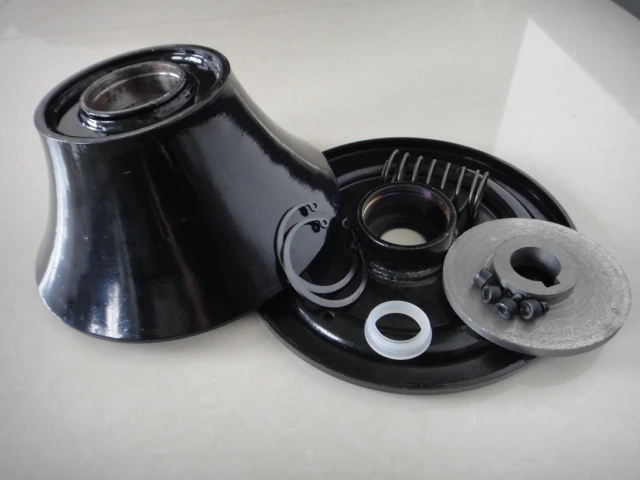 Afrikaans
Afrikaans  Albanian
Albanian  Amharic
Amharic  Arabic
Arabic  Armenian
Armenian  Azerbaijani
Azerbaijani  Basque
Basque  Belarusian
Belarusian  Bengali
Bengali  Bosnian
Bosnian  Bulgarian
Bulgarian  Catalan
Catalan  Cebuano
Cebuano  Corsican
Corsican  Croatian
Croatian  Czech
Czech  Danish
Danish  Dutch
Dutch  English
English  Esperanto
Esperanto  Estonian
Estonian  Finnish
Finnish  French
French  Frisian
Frisian  Galician
Galician  Georgian
Georgian  German
German  Greek
Greek  Gujarati
Gujarati  Haitian Creole
Haitian Creole  hausa
hausa  hawaiian
hawaiian  Hebrew
Hebrew  Hindi
Hindi  Miao
Miao  Hungarian
Hungarian  Icelandic
Icelandic  igbo
igbo  Indonesian
Indonesian  irish
irish  Italian
Italian  Japanese
Japanese  Javanese
Javanese  Kannada
Kannada  kazakh
kazakh  Khmer
Khmer  Rwandese
Rwandese  Korean
Korean  Kurdish
Kurdish  Kyrgyz
Kyrgyz  Lao
Lao  Latin
Latin  Latvian
Latvian  Lithuanian
Lithuanian  Luxembourgish
Luxembourgish  Macedonian
Macedonian  Malgashi
Malgashi  Malay
Malay  Malayalam
Malayalam  Maltese
Maltese  Maori
Maori  Marathi
Marathi  Mongolian
Mongolian  Myanmar
Myanmar  Nepali
Nepali  Norwegian
Norwegian  Norwegian
Norwegian  Occitan
Occitan  Pashto
Pashto  Persian
Persian  Polish
Polish  Portuguese
Portuguese  Punjabi
Punjabi  Romanian
Romanian  Russian
Russian  Samoan
Samoan  Scottish Gaelic
Scottish Gaelic  Serbian
Serbian  Sesotho
Sesotho  Shona
Shona  Sindhi
Sindhi  Sinhala
Sinhala  Slovak
Slovak  Slovenian
Slovenian  Somali
Somali  Spanish
Spanish  Sundanese
Sundanese  Swahili
Swahili  Swedish
Swedish  Tagalog
Tagalog  Tajik
Tajik  Tamil
Tamil  Tatar
Tatar  Telugu
Telugu  Thai
Thai  Turkish
Turkish  Turkmen
Turkmen  Ukrainian
Ukrainian  Urdu
Urdu  Uighur
Uighur  Uzbek
Uzbek  Vietnamese
Vietnamese  Welsh
Welsh  Bantu
Bantu  Yiddish
Yiddish  Yoruba
Yoruba  Zulu
Zulu Understanding the Function and Importance of Tail Pulleys in Mechanical Systems
Understanding the Tail Pulley A Crucial Component in Conveyor Systems
In various industrial applications, conveyor systems play a pivotal role in the efficient movement of materials. Among the many components that comprise these systems, the tail pulley is vital for their effective operation. Positioned at the end of the conveyor belt, the tail pulley serves multiple functions that enhance the performance and reliability of conveyors.
The primary function of the tail pulley is to help maintain the tension of the conveyor belt. Tension is critical, as it ensures that the belt maintains contact with the drive pulley at the opposite end, allowing for smooth operation. Proper tension also helps to prevent slippage, reducing wear and tear on both the belt and the pulleys. If the tension is too loose, the belt can become misaligned and may even derail, leading to costly downtime and repairs. Conversely, excessive tension can lead to premature wear or damage to the belt and associated components.
Tail pulleys can also be designed for different applications, depending on the materials being transported and the operating environment. Variants such as drum pulleys and wing pulleys are commonly used, each offering distinct advantages. Drum pulleys are typically smooth and designed to enhance belt grip, while wing pulleys feature a series of wings or fins that help reduce material buildup. This is particularly beneficial in environments where the conveyed materials are sticky or prone to accumulation, allowing for enhanced performance and decreased maintenance.
tail pulley

In addition to their primary role in tension maintenance, tail pulleys often come equipped with additional features promoting overall system efficiency
. For instance, many tail pulleys incorporate bearings that allow for smooth rotation and reduce friction, contributing to longer operational life. Additionally, some designs may include self-cleaning mechanisms, further improving reliability and reducing the need for manual cleaning.Another essential aspect to consider is the construction material of tail pulleys. Depending on the application, tail pulleys can be made from various materials, including steel, rubber, and composite materials. The choice of material is influenced by factors such as load capacity, environmental considerations, and the specific characteristics of the material being conveyed.
While tail pulleys may seem like simple components, their importance in the functionality of conveyor systems cannot be overstated. Neglecting the maintenance and inspection of tail pulleys can lead to excessive wear on the conveyor system or even failures that disrupt production. Regular checks for alignment, wear, and lubrication are essential for ensuring their continued performance.
In conclusion, the tail pulley is a critical component of conveyor systems that ensures proper belt tension, contributes to operational efficiency, and supports the longevity of the entire system. By understanding its functions and maintenance needs, industries can enhance their material handling processes, leading to increased productivity and reduced operational costs. Maintaining the integrity of the tail pulley not only safeguards the conveyor system but also plays a significant role in the overall efficiency of industrial operations.
-
Revolutionizing Conveyor Reliability with Advanced Rubber Lagging PulleysNewsJul.22,2025
-
Powering Precision and Durability with Expert Manufacturers of Conveyor ComponentsNewsJul.22,2025
-
Optimizing Conveyor Systems with Advanced Conveyor AccessoriesNewsJul.22,2025
-
Maximize Conveyor Efficiency with Quality Conveyor Idler PulleysNewsJul.22,2025
-
Future-Proof Your Conveyor System with High-Performance Polyurethane RollerNewsJul.22,2025
-
Driving Efficiency Forward with Quality Idlers and RollersNewsJul.22,2025





























